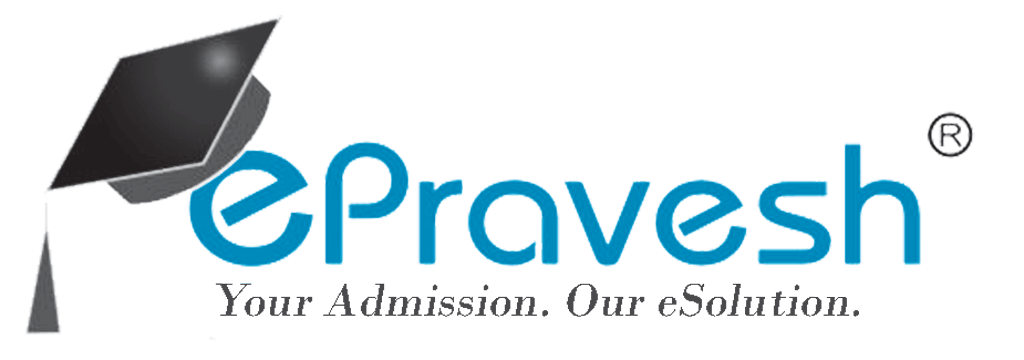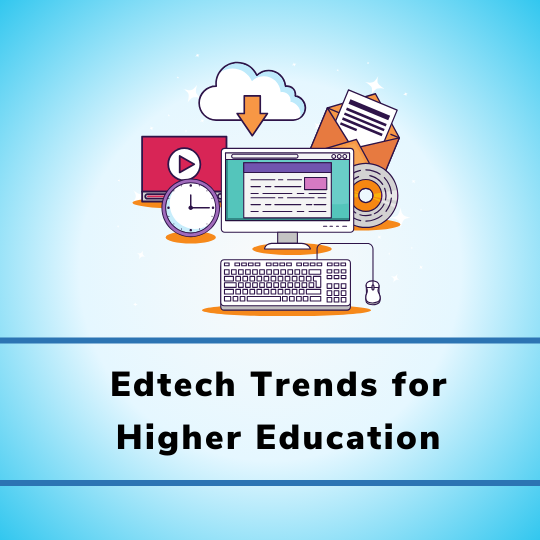Digital spending on education is expected to continue growing rapidly in the coming years, as technology adoption in the education sector increases. The COVID-19 pandemic has greatly accelerated the adoption of technology in education, particularly in K-12 and higher education.
Higher education institutions are increasingly adopting cloud-based technologies for a variety of purposes, including student relationship management (CRM), learning management systems (LMS), and assessment management. These technologies can help institutions improve efficiency, engage students, and enhance the overall learning experience.
In the coming years, niche applications with seamless integration capabilities will likely be in high demand. This is because higher education institutions are seeking technology solutions that can easily integrate with other systems and applications, rather than requiring manual data transfer or other time-consuming processes.
Some of the leading trends in education technology that are expected to continue dominating the learning process in 2024 include:
List of Technologies that would shape Higher Education in 2024
1. Video-Based Learning
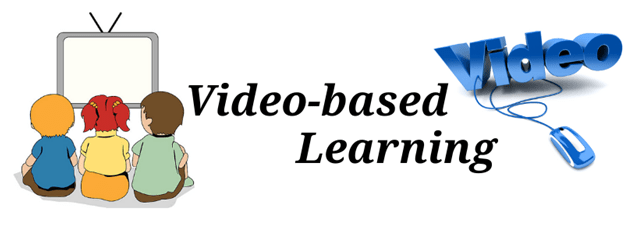
According to the latest annual report released by Cisco, by the end of 2023, a total of 66% of the global population which constitutes nearly two-thirds of the world population will have internet access. The total number of internet users has grown massively since 2018 and even more since the year 2020.
The current year’s YouTube stats show that about 7 in 10 users use the YouTube platform to help them with an issue they are facing related to work, studies or hobbies. More than 2.3 billion are active on YouTube and watching various videos for entertainment and education.
Video is becoming a de facto medium for learning purposes. Instead of reading long paragraphs, students would also prefer to watch videos for better understanding and knowledge retention process.
Penetration and new technology innovations like smart Television, and Android-powered televisions are likely to increase video consumption for the users. Many new internet-based devices are being innovated which is helping to grow this trend rapidly.
In the coming years, higher education institutions are likely to invest in building educational videos which are interactive to make learning more interesting. Video-based learning is also scalable and it can be easily used repetitively. Thus, a student can watch the same video many times until he/she understands the concept properly.
If you are associated with a higher education institution then you need to consider video preparation tools and techniques to remain relevant in the digital world. These tools and techniques offer many different features which can be used to create videos which are more imaginative and effective.
There are many instances where niche knowledge can be taught by visiting faculty. If you have visiting faculty coming to teach some of the niche subjects then it would be a good idea to record the lectures so that students can refer to them at a later time as travel and logistics become a bottleneck for such a niche teaching process. It would be much easier to record a series of lectures for such instances and the same can be viewed by the students. Later, faculty can be involved in the query resolution process.
There are various types of videos you can prepare for higher education which are listed below.
- Educational / Topic-Based Videos
- Technology-based videos with screenshots and images along with a description
- Classroom Based Videos
There are several video preparation tools available which can certainly accelerate the video-making process. These videos will enable the management to create visually impactful videos. This would help students to understand even the most complex concepts.
For example, the medical students will be able to understand the human anatomy in depth or the students pursuing Engineering will be able to understand the molecular formula of even the most complicated compounds formed in a chemical reaction. Loom is one such free tool for preparing educational videos.
Video production and distribution or hosting content online is becoming cost-effective or cheap. Many new tools are coming up for video creation and video editing. Higher education institutions should adopt a video-based learning process to keep pace with changing trends. This will not only improve the ways of learning and teaching but also save huge costs.
Students can also be encouraged to enrol for learning courses which are available online to acquire knowledge and accelerate the learning process as well as to increase the understanding of the topic.
Thus, there are numerous advantages of video learning as students can watch some of the videos repeatedly to understand the concepts or they can watch these videos to revise the learning process.
The process of learning through the medium of videos can be managed from any device like a Smartphone, computer or smart television. Video learning can also be helpful for students in remote areas where there might be a scarcity of higher education but the availability of internet connectivity.
2. Blockchain
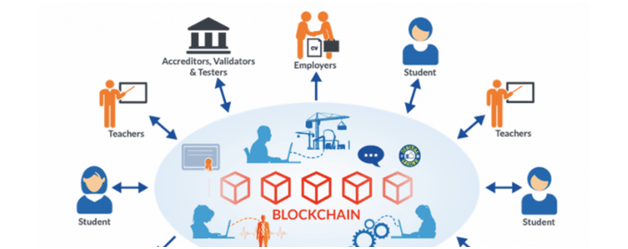
Blockchain is technology acting as a framework for ever-growing cryptocurrency. Blockchain is providing great collaboration and secure data exchange opportunities for organizations as well as individuals. Security protocols followed in blockchain are unique and difficult to hack.
There are a lot of case studies and use cases emerging for the usage of blockchain in the higher education sector.
Sharing of student data between multiple universities for a semester exchange, course exchange, student transfer, data exchange for a scholarship with authority, and student academic data sharing with recruitment companies are some of the cases where blockchain can be useful.
The year 2023 would have more such beneficial use cases driven for the higher education sector and it would certainly expedite the adoption of blockchain for higher education institutions. If you are looking for an early mover advantage then this is the right time to look into blockchain technology.
Digital storage of academic information and accessibility to it for authenticated users would restrict its accessibility and thus maintain its safety with the help of blockchain technology.
3. Online Assessment Techniques
The examination process is one of the key success factors for student evaluation and overall education delivery with the evaluation process. Exams are traditionally conducted in a pen and paper-based environment. Manual evaluation of answer sheets is dominant for the majority of higher education institutions.
The platforms which can help to conduct online exams are helping institutes to automate and simplify the examination and overall assessment process for students. Online assessments can help in speeding up the total time taken for the evaluation process.
AI-driven assessments can help institutes get a holistic analysis of student performance in a particular exam. Using machine learning and artificial intelligence-driven algorithms, theory answers written by the students can also be evaluated by the software. It can compare the answers with model answers for better accuracy prediction. Machine-driven evaluation is likely to become the norm in the coming years.
New security techniques can help to make the online exam more secure. You can prevent cheating from being carried out by students in the most unusual way by using techniques like remote proctoring.
In the proctoring process, the system can capture photographs and videos of the candidate appearing for the online exams from remote locations with the help of a web camera. The system can also verify the identity of the remote candidate using image processing techniques.
It is possible to automate the online exam invigilation process using a remote proctoring process which would be helpful in many ways as it will eliminate location constraints, physical invigilation, exam centres, etc and therefore help you save a great amount of costs involved in infrastructure and manual work.
Other types of assessments which will gain popularity in 2022 are programming tests and voice–based assessments.
Programming tests are one of the best ways to conduct programming competitions for school or higher education students. Programming competitions held in schools and colleges help to measure the technical knowledge acquired by the students.
These tests do offer options to write, compile and run programs. Such competitions can be arranged for many different computer languages.
Similarly, voice-based assessments can prove very beneficial to conduct viva or oral exams. In this type of assessment, a button is provided to record the answers. Thus, the students can record their answers after reading the question which is displayed and save the answers.
Both of these exams are conducted in online mode and hence can be given easily from any location as they can be launched on any internet-based device.
4. Self-Paced Learning
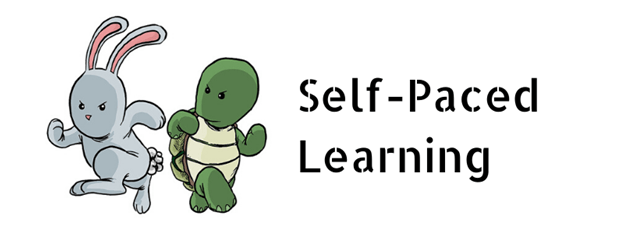
When it comes to learning activities, every student has some strengths and some weaknesses. A student may like to subject which he/she will study often. This way, that particular becomes his/her strength.
Similarly, if the same student does not like any other subject, that subject automatically becomes his/her weakness. Thus, favourite topics differ from person to person and so do their strengths and weaknesses.
There is only one way to overcome this drawback of traditional classroom-based learning. Self-study at their own pace is the key here which can help students to excel in all subjects irrespective of their liking. Self-mode study is the essence of online learning.
Technology can drive the usage of e-learning or self-paced learning. Many universities have come up with online courses and students are supposed to enrol in a couple of such courses in each semester compulsorily. The examinations are conducted online by the universities and the evaluation happens online as well.
Their traditional classroom lectures are eliminated. Students can learn at their own pace and grasp concepts with online and personalized learning methodologies.
Higher education institutions are coming up with various courses and certification programs that are exclusively taught in online mode. Students can view recorded lectures, can participate in live chat with instructors and can learn from any location. They can also appear for the examinations from their preferred locations if they are included in the courses.
In the coming year, higher education institutions are likely to invest a significant budget on online learning instead of spending on building traditional classroom-based infrastructure.
5. Artificial Intelligence (AI)
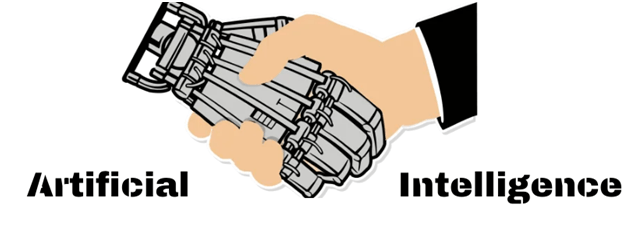
AI is likely to dominate a lot of headlines in the coming year. It has found millions of use cases across multiple sectors. One of the commonly used features is facial recognition. It has been proving helpful to secure campus infrastructure from unauthorized access for any big or small organization.
Facial recognition is one of the forms of AI where the institution can easily track the attendance of candidates or employees based on capturing their photos every day.
The education sector has many useful implementations of AI. There are many use cases in terms of exam security such as identification of cheating during online exams, AI-powered auto proctoring, chatbots, etc. Technology can empower us to conduct exams without any physical human intervention of the traditional physical invigilation process.
There are many ways in which AI-based auto proctoring can be used to invigilate online exams. Some of the features powered by AI are mentioned below.
- The feature of video proctoring enables the remote invigilator to watch the candidate during the exam with the help of a webcam.
- The audio proctoring feature captures even the slightest sound coming from the candidate’s background with the help of speakers and microphones
- Facial recognition features are useful for verifying the identity of the candidates before the exam
- The feature of object detection helps to detect any suspicious objects or movements by the candidates during the exam.
AI can also help evaluate the performance of the student or group of students. The entire information about student exam performance can be analyzed using various data analytics algorithms. It can provide useful insight into student performance and it can help reduce bias from the personalized feedback to the students.
Thus, AI can prove extremely beneficial while conducting online examinations for higher education.

Here is one of the useful video about AI in Education-
6. Tech and Data-driven Analysis of Students

Data analysis using machine learning or analytics can be helpful for higher education. Manual evaluation or feedback mechanism based on certain subjective assessments is biased and has limitations.
Technology can help to maintain the historical data of the student. By using this data, accurate feedback can be shared with the students about their performance. Data-driven analysis can help eliminate bias during the evaluation and student assessment process.
Such data can be useful in predicting the future performance of a group of students or individual students. Such future predictability helps higher education institutions to prepare students in a better way. Eklavvya is such an online examination system which is developed using some algorithms which can help you to extract data and analyse it as per your requirement.
7. Virtual Reality
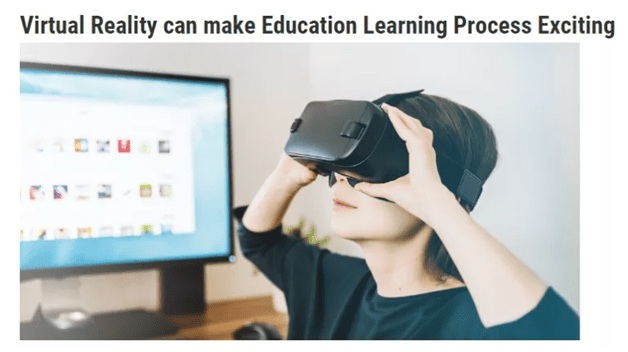
Virtual Reality (VR) is becoming a cost-effective tool to experience active learning rather than a passive form of learning. VR creates a simulated environment which is similar to the real environment. It brings things in front of you as if you are standing just next to it.
Imagine a biology student who can see a 3-dimensional skeleton in front of him in the 3-D format. Students can wear glasses to see it and experience it. The entire structure of the bones can be easily learned in a quick time using VR.
VR technology is becoming cheap day by day. There are a lot of games which are being developed on the concept of VR. Millions are playing those games with great passion. The time has come to develop games which focus on education.
It would be a sort of edutainment where learning and entertainment can happen at the same time. The knowledge acquisition process can be improved drastically using VR for higher education.
Better content using VR is the need of an hour and the coming year 2022 will see more innovative educational content being developed in the form of 3 dimensional VR.
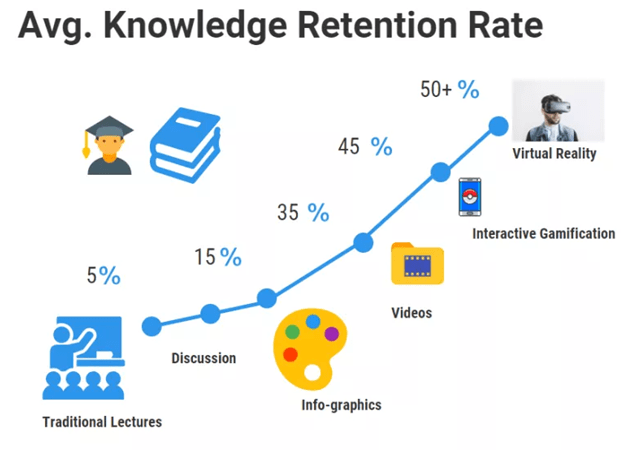
The above graph will tell you where the education delivery process is moving with technology adoption. Technology is helping to gain knowledge retention process for students. Virtual reality-based education should be on top of the agenda for higher education institutions.
Virtual reality can help with a better understanding of the concepts, topics or subjects instead of reading about it. Education based on VR would also lead to better knowledge retention by the students.
8. Internet of Things (IoT)
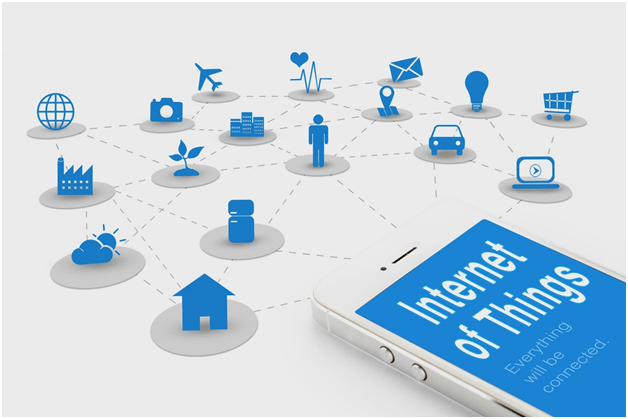
Internet of Things refers to small objects which can be connected through the Internet to transfer or collect data. These objects can work on their own without human intervention. IoT is helping many sectors with automation and control. It is likely to be used in higher education as well. Many use cases like face detection, monitoring student vehicles, analysis of machine performance, etc. can be done using IoT.
Devices needed for IoT are also becoming cost-effective. IoT is being used in many different sectors such as Health, agriculture, manufacturing units, wearables such as smart watches, etc. Many industry-driven use cases are driving the need for skilled professionals in this sector.
Digital attendance management using biometrics, student location tracking, school bus tracking, etc. can be easily managed with the help of IoT technology. IoT devices and technology are useful to keep a tab on the usage of electricity in the campuses. IoT can detect the presence or absence of humans in the class and can switch on / off the electricity/ lights accordingly.
IoT can help higher education institutions to have a secure campus environment with advanced face recognition techniques. IoT can also help to track the total time taken by the students to complete a particular assignment. Assignment timing patterns can provide useful insights into overall hours put by the students for completing it and it can be compared with class performance.
Here is one of the videos about how Schools can use IOT
9. Chatbots
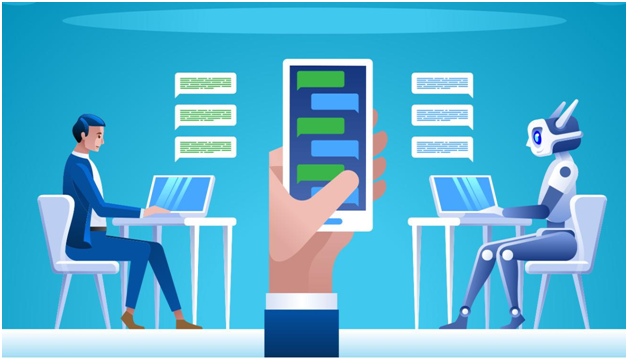
Chatbots are something that has been taking off in the last 12 months or so. Many new and exciting technology providers have come up with simple, intuitive workflow-based chatbot development where you can easily configure the machine to chat with real humans in a live chat environment.
Chatbots can resolve queries of website, and mobile app visitors on an instant basis. They are used in almost every application or website as a part of customer care or quick help. Chatbots are integrated with frequently asked questions, articles, and blogs related to the educational institution. It can help students resolve their typical queries on a 24/7 bases.
Chatbots have several applications in a higher education institutions for automation of prospective students who might struggle with queries related to scholarships, education loans, admission process, admission criteria-related queries, and fee-related queries. Entire human intervention can be eliminated with the help of chatbots.
As a higher education institution, you might be getting thousands of queries from prospective students about the admission process, fee-related queries, merit lists, college or exam schedules, syllabi, etc. Currently, you may require resources to handle phone and email queries.
Setting up a help desk or appointing people to address these queries might not always prove useful as there is a possibility of a few queries remaining unanswered or the students returning with incomplete unsatisfactory answers.
Chatbots can help to resolve those queries virtually on an instant basis. Chatbots can also help you save a huge administration cost of resolving those queries over phone calls or emails.
Here is a list of a few things which can be simplified with the help of chatbots-
1. Student Query Resolution during Admission
2. Automated Enquiry Management and Resolution
3. Lead Generation for Education Courses
Use cases and overall technology adoption for a chatbot are increasing and in the coming year will see more such applications in the higher education segment.
Here is a useful video about chatbot Usage
10. Podcasting

A podcast is an audio recording which can be downloaded and listened to using any device such as mobile phones, personal computers, etc. Podcasting is likely to be a new radio for Millennials. The podcasting industry is flourishing and many new podcasting channels are coming up on various entities like Apple or Google podcasts. Many educational channels are also active on the podcast. It is becoming a new way of acquiring knowledge and learning.
Currently, the majority of the podcasts are available for free. But there is scope for a paid podcast where exclusive podcast episodes would be shared with paid subscribers. Let us have a look at the advantages of podcasting.
11. Anytime Learning
Podcasting offers a great advantage as it can be downloaded on mobile devices and can be listened to at any time while doing multiple activities. Typically videos or face-to-face lectures have an attention span of less than 2 to 3 minutes for videos and 10 to 15 minutes for lectures.
However, in the case of podcasts, this issue is eliminated. Students can listen to information on podcasts while doing other routine activities like jogging, playing, etc. They can also pause or listen to the same podcast again and again. This tremendously helps the students to remember and recall the things which they have heard carefully and understood.
12. Listen to Recorded Lectures
The simplest use of podcasts for educators or teachers would be that they can just record the lectures and make them available for the students to listen to at any time at their convenience.
Later, some query-resolving sessions can be arranged for the students. Thus, learning activities carried out using podcasts can help to save time, study at any suitable time and place, resolve queries, clarify some concepts as also to revise them anytime later before the exams.
One of the best advantages of podcast education is for the visually impaired students who are unable to read the books. Making books of higher education available in Braille is also not a feasible option for them. Listening to podcasts can be the solution to it.
Listening or asking students to listen to some of the educational podcasts and then having relevant discussions in the classroom can be beneficial for the creative thinking of the students. They can get a chance to listen to some of the best educators for free through a powerful medium like podcasts.
There are many useful podcasts available at iTunes and Google podcast store which can help to learn languages like English or any other language. The visually impaired students can easily learn a new language on the go by subscribing to those podcasts.
Higher education institutions have not started taking podcasts seriously for educational purposes.
But the coming year could see many higher education institutions starting or having their channel for podcasting. It can act as a brand-building tool as well as an educational tool.
Summary
Higher education institutions which can quickly adapt to changing technology and would be able to implement it effectively can build a reputable brand in the higher education field.
Brands of higher education institutions would be recognized due to technology implementations and investment in traditional physical infrastructure may come second to technology.
Conclusion
It is high time, that higher education institutions start focusing on changing trends and adapting to new technologies to make education interesting, relevant and practical. Higher education institution can improve their brand image with quick adoption of the latest trends in technology.
Adaption of innovative trends will not only help educational institutions to improve the quality of education but also help the students to grasp better, recall quickly and retain the knowledge for a longer duration.
Step by the step-by-step approach to adopting those technologies can go a long way to improve higher education integration with the industry-relevant knowledge base. These trends in education technology will positively disrupt higher education by improving it and making it much better than it already is. Higher education can help prepare students for a bright future which in turn will brighten the future of society.
About Author
Swapnil Dharmadhikari

Swapnil has more than 15 years of experience in the Information Technology sector. He has been working on digital platforms in the education sector.
Swapnil is an avid reader and writes articles on technology and leading developments in the education and IT sectors.
Swapnil is the founder of Splashgain, an Education Technology company from India working on various innovative EdTech platforms for examinations, proctoring solutions, digital admission processes and more.
Splashgain has been working with many educational institutes and universities for AI-powered innovations and solutions to transform the education sector. Splashgain has also filed a patent for an innovative product based on AI.
